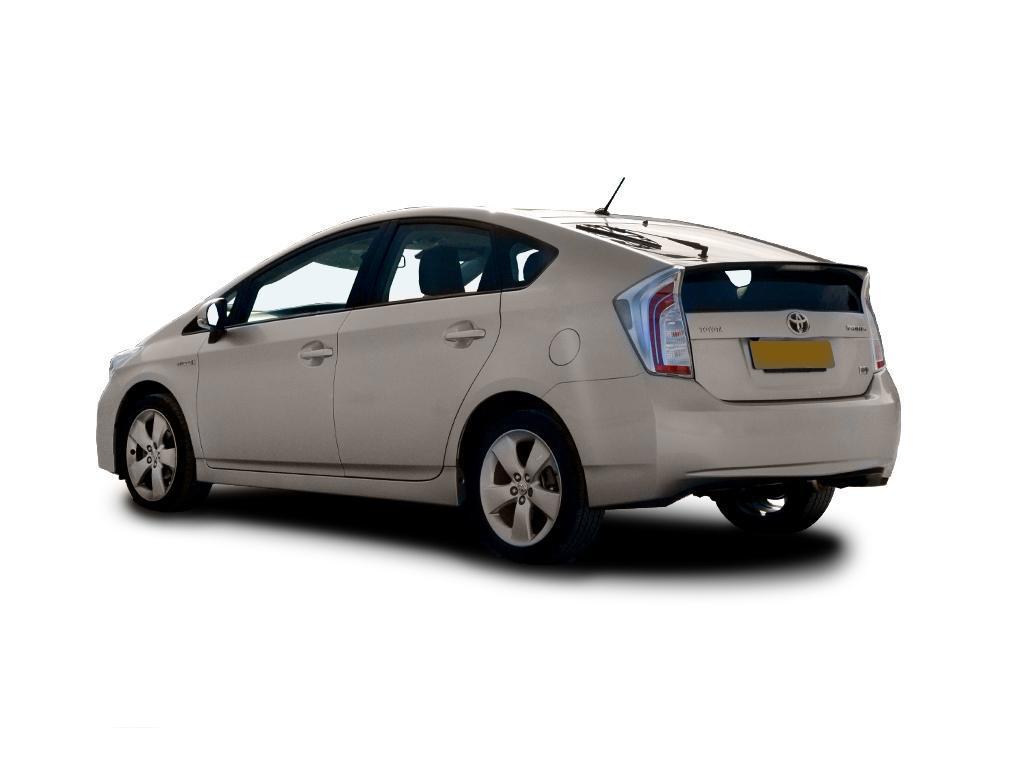Auto Sales Contract as Request Stalls for Trucks and S
The Fresh York Times
August 1, 2017
For several months, as sales of fresh vehicles have trended downward, automakers have relied on rising sales of trucks and sport utility vehicles to mostly offset big declines in cars and compacts.
But a unexpected drop in sales of many popular trucks in July — including the Chevrolet Silverado, the Honda CR-V and the Jeep Cherokee — raises questions about whether this pile is eventually kicking off to weaken, too.
In the automakers’ monthly report on Tuesday, weaker-than-expected sales of trucks helped the industry reach its steepest overall decline so far this year — seven percent from the previous July, to 1.Four million cars and light trucks. That goes after a Two.9 percent fall in June, and tops the Four.7 percent drop the industry sustained in April.
The declines for Detroit’s Big three exceeded expectations, and investors took note. General Motors shares were off Three.Four percent for Tuesday, and Ford Motor was down Two.Four percent. Only Fiat Chrysler shares weathered the storm, closing unchanged.
Fresh car and truck sales have fallen every month this year after hitting a record 17.Five million in 2016. Most automakers expect full-year sales to come in just over seventeen million for 2017, still a healthy level, albeit some forecasters believe lower sales will go after in 2018.
“We know car sales have been down, but the truck part of the market has been stronger, so this is worth watching, to see if it’s a fresh trend,” said Jessica Caldwell, an analyst at Edmunds.com, a car-information website. “If trucks fall again in August, this could be something to worry about.”
An acceleration in the auto-sales slowdown could have significant political and economic effects. The auto industry is the country’s largest manufacturing sector, and automakers, parts suppliers and dealers together employ more than seven million people. President Trump had hoped the car industry would serve as a job creator as his administration took office. That now seems unlikely because manufacturers are trimming production as sales slump.
In the latest monthly figures, General Motors suffered the most surprising fall, a decline of 15.Five percent, according to the research rock-hard Autodata. G.M. blamed cutbacks in sales to rental car companies, and rough comparisons with July 2016, when it suggested big discounts and promotions to drive up sales. Fiat Chrysler reported a Ten.Five percent fall in sales, and Ford Motor a 7.Four percent decline.
Each of those manufacturers was hurt by unexpectedly acute declines in sales of certain trucks and S.U.V.s. G.M. sold forty three percent fewer Chevrolet Traverse S.U.V.s than a year ago, and fifteen percent fewer Silverado pickups. Fiat Chrysler’s Jeep division eyed its sales tumble twenty three percent.
Brett Saslow, possessor of Smith Haven Chrysler Jeep Dodge Ram in St. James, N.Y., said Jeep had been hampered as Fiat Chrysler spinned out redesigns of the Cherokee and Compass models. A Jeep pickup that has been in development for the last few years would help sales, he said.
“Very glutton for that,” he said. “That would pack a slot for us and there’s request for smaller pickups with gas prices low.”
A recall coerced Ford Motor to temporarily halt sales of its Transit delivery van.
At Honda, overall sales declined 1.Two percent after a big drop in request for the CR-V, which has been its top-selling model.
Alec Gutierrez, an analyst at Kelley Blue Book, said he was not yet alarmed about weakening request for trucks. “The segment is at its peak, so we will see some up months and some down months,” he said.
Toyota Motor was one of the few automakers that witnessed an increase. Its sales rose Trio.Two percent, thanks to sturdy request for two of its S.U.V.s, the Highlander and RAV4.
One issue that may be at play is a continuing rise in vehicle prices, making fresh trucks and S.U.V.s an enlargening open up for many Americans. Large S.U.V.s and pickups typically sell for at least $40,000.
In July, the average amount a consumer borrowed to buy a fresh vehicle was $30,689, seventeen percent more than five years ago, according to Edmunds, the automotive data provider. The average monthly car payment was $509.
“That’s a pretty hefty chunk of switch for most people to treat,” Ms. Caldwell said.

Leave a Reply